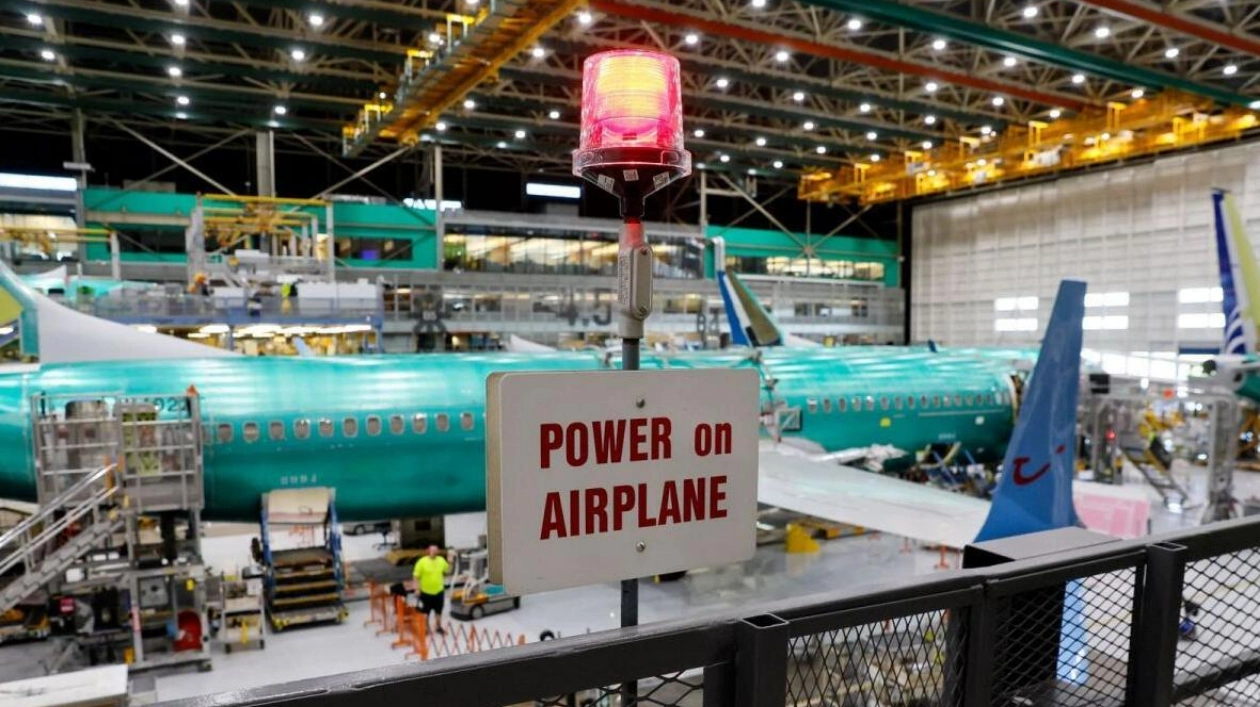US manufacturing experienced its third consecutive month of contraction in June, as demand continued to be weak. A decline in the measure of prices paid by factories for inputs reached a six-month low, suggesting that inflation might continue to ease. The Institute for Supply Management's report on Monday indicated a broad-based weakness at the end of the second quarter. Timothy Fiore, Chair of the ISM Manufacturing Business Survey Committee, noted that manufacturers showed reluctance to invest in capital and inventory due to current monetary policies and other conditions.
Manufacturing is facing pressure from higher interest rates and diminishing demand for goods, although business investment has mostly remained stable. Oliver Allen, Senior US Economist at Pantheon Macroeconomics, anticipates that the manufacturing sector will remain weak over the next couple of quarters. He highlighted that a significant easing in financial conditions is needed to stimulate manufacturing growth.
The ISM's manufacturing PMI decreased to 48.5 in June from 48.7 in May. A PMI above 50 signifies growth in the manufacturing sector, which constitutes 10.3% of the economy. Despite the PMI remaining above the 42.5 level, indicating an expansion of the overall economy, economists polled by Reuters had predicted the PMI to rise to 49.1. Manufacturing has contracted in 19 of the last 20 months, with 62% of manufacturing GDP contracting, up from 55% in May.
Eight manufacturing industries, including primary metals and chemical products, reported growth. However, machinery, transportation equipment, electrical equipment, appliances and components, as well as computer and electronic products, were among the nine industries that contracted. Manufacturers' comments were largely negative, with transportation equipment manufacturers complaining about customers cutting orders with short notice, causing disruptions in lower-tier suppliers.
Government data last week revealed that manufacturing contracted at a 4.3% annualized rate in the first quarter, with most of the decline attributed to long-lasting manufactured goods. The Federal Reserve has kept its benchmark overnight interest rate in the 5.25%-5.50% range since last July. Financial markets expect the US central bank to start easing its policies in September, despite a recent shift towards a more hawkish stance.
The ISM survey's forward-looking new orders sub-index increased to 49.3 from 45.4 in May, while factory output decreased for the first time since February. Inflation at the factory gate cooled significantly, with the measure of prices paid by manufacturers dropping to 52.1, the lowest since December. This decline in input prices supports the ongoing disinflationary trend in the broader economy.
The improvement in supply chain performance for the fourth consecutive month should be viewed positively by the Fed in terms of balancing demand and supply of goods, according to Conrad DeQuadros, Senior Economic Advisor at Brean Capital. Factory employment declined after a brief rebound in May due to layoffs, attrition, and hiring freezes.
The overall labor market is gradually cooling, with nonfarm payrolls expected to increase by 190,000 jobs in June after surging 272,000 in May. Higher borrowing costs are also affecting growth in the construction sector, which had been supported by demand for new homes due to a shortage of previously owned houses for sale.
A separate report from the Commerce Department's Census Bureau showed construction spending dipped 0.1% in May after an upwardly revised 0.3% increase in April. Investment in residential construction dropped 0.2% after a surge in April, with housing supply improving as demand slackened, potentially limiting growth in new construction.






